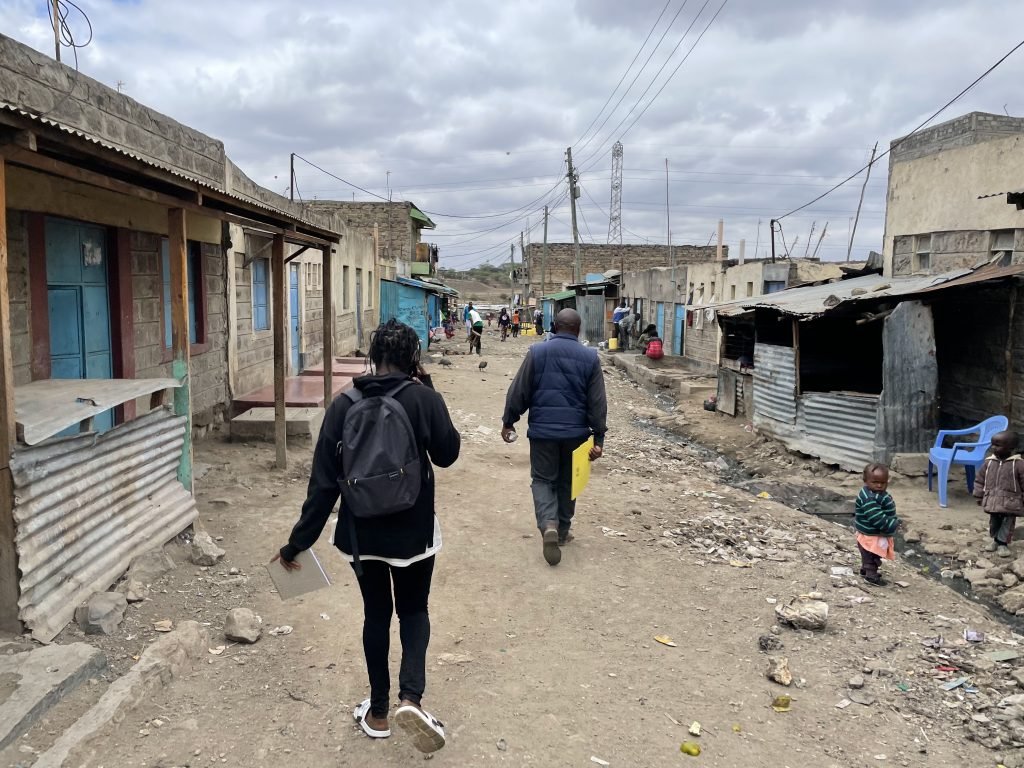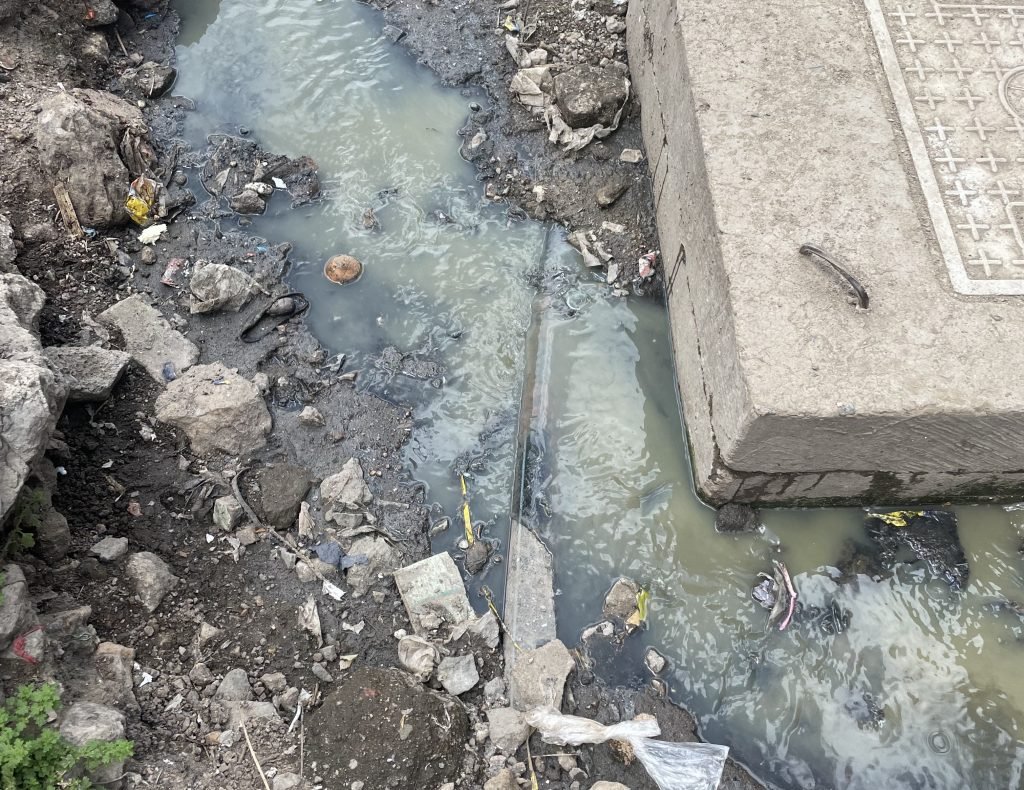(Photo by Ahmad Hasaballah/Getty Images)
By Dylan Jones
Where we start a narrative makes a big difference. If we start the narrative on October 7th, when Palestinian resistance launched rockets into Israel, then it’s easier to justify a military response from Israel. However, is this an honest place to start telling the story from? What different conclusions would we draw if we started the story from 75 years ago? Or thousands of years ago? Starting the narrative in a different place by adding historical context allows us to understand the obstacles to everyone's liberation in this situation.
First, I would like to acknowledge that there is no doubt important Jewish cultural and spiritual ties to Palestine. And indeed, before Israel was founded there were many Jews living peacefully alongside Muslims and Christians in Palestine. Palestinians have lived there since time immemorial, with genetic ties going back to the Canaanites[1]; they have social, cultural, and spiritual ties to the land. In this way, Palestinians are indigenous to the land. This is not to say that non-Palestinian Jews are not also Indigenous to Palestine, a question which I will show has absolutely no bearing on the current situation. An Indigenous person from a given area can also act as a colonizer/settler under the conditions of a settler colonial nation state such as Israel. This becomes clear when we analyze the last 75 years— since Israel’s founding.
The modern state of Israel has its roots in Western colonialism. Theodore Herzl in the 1800s defined the goal of today’s zionism, to create a home for white Ashkenazi Jews from Europe. He decided it could be in Argentina, Uganda, or Palestine. At this time, Britain controlled Palestine as a colony and, under the Balfour Declaration (1917), it promised an area of Palestine to the zionists in order to quell anti-semitism in Europe. Palestinians had no say in this decision. As tensions heightened due to Israeli settlers converging in Palestine and inevitably seizing property from its inhabitants, the U.N. announced a partition plan in 1947 which would designate over half of Palestine to establish the nation state of Israel. When Palestinians rejected the plan, Israel committed genocide to take it by force. In what is called the Nakba, Israeli military forces and vigilante settlers murdered 15,000 Palestinians overnight, displaced 850,000 people, and destroyed 550 villages. After this initial genocidal campaign, Israel took even more land than it was promised in the UN partition plan. To this day, Israel actively prevents those it displaced from returning. Israel meets protests asserting the right to return with violence.
Since the Nakba, over the course of decades, Israel has consistently evicted more Palestinians from their land, forcefully displacing families and entire communities. It arbitrarily imprisons Palestinians, including children. It has developed an apartheid system that denies basic human rights to Palestinians. There are policies of environmental racism such as not allowing Palestinians to drill for well water and spraying herbicide on Palestinian farms to destroy their sources of food and economic livelihood. This is state terrorism. This is a settler colonial state in operation. Israel is displacing, invading, ethnically cleansing Palestinians, and occupying more and more of Palestine in order to replace the existing society with its own.
Israel regularly bombs Palestine, hardly warranting a few articles in mainstream news. But when the rockets launched on October 7th, mainstream news immediately stated condemnation. When a white Israeli citizen dies, it is news. When an Israeli bomb severs a Palestinian child’s head from their body, it is normal; we can immediately jump to justifications. Similar to its response to other Palestinian resistance, Israel is using October 7th to justify a second genocide, a second Nakba. Since October 7th, Israel has murdered more than 15,000 Palestinians, over 6,000 children, and over 4,000 women. They have blocked water and food. They have bombed schools, hospitals, and refugee camps. Israel has hundreds of child hostages but has the power to define them as prisoners. There are around 10,000 Palestinian hostages in Israel. Every hour, Israel drops 42 bombs and half of the population of Gaza is children.
According to Israeli officials themselves, the goal is not to hunt down Hamas but rather to seize this opportunity to murder and displace Palestinians living on the land Israel would like for its own. Netanyahu himself says “you must remember what Amalek has done to you, says our holy bible, we do remember,” referring to the ancient enemy of the Israelites in scripture. This references a call to exterminate the entire population of Amalekites—every man, woman, child, and piece of property.[2] A former Israeli intelligence chief, Rami Igra on CNN said, “the non-combatant population in the Gaza strip is really a nonexistent term. All of Gaza voted for Hamas and as we have seen on the 7th of October most of the population in Gaza strip are Hamas”.[3] Imagine if the same outrageous claim were made about Israelis having voted for Netanyahu. The Israeli Minister of Agriculture, Avi Dichter announces, “we are now rolling out the Gaza Nakba,” “Gaza Nakba 2023”.[4] In this way, Israeli officials are clear that the intention is not to hunt down Hamas, it is a campaign of ethnic cleansing and genocide. Despite how clearly Israeli officials admit genocide and ethnic cleansing, western media still focuses on the “hunt for Hamas” narrative. We must reject this narrative and when we are asked to condemn Hamas, we should say instead…
Israel—as a terrorist, settler colonial nation state—is dependent on violence against Palestinians and it thereby jeopardizes the health and safety of its own inhabitants, rather than protecting them. It supposes that one people’s self-determination, rights, and lives have to come at the expense of others. Among Zionists goals are creating a safe space for Jewish people and creating a relationship with an important spiritual place to Jewish people living around the world. There are peaceful ways to do this that respect the existing Palestinian society. Establishing the theocratic settler colonial ethnostate of Israel erases Palestinian society. Therefore, the dismantling of zionism is the only truly just and safe path for Palestinians and Jews. If the Palestinian resistance stops its resistance, Israel will only continue its occupation, annexing more land, extra-judicially imprisoning Palestinians—including children (read: taking as hostages), and bombing Gaza. This characterizes life under the boot of Israel since it was founded. This does not advocate violent resistance as the only option, but points out that the root of all the violence rests clearly with the settler colonial state of Israel. Free Palestine is not a cry for retribution. It does not advocate violence against Israelis. Free Palestine means dismantling the social and political project of zionism and moving toward liberation for everyone.
I believe most people have wondered what they would have done during the holocaust when Nazi Germany slaughtered millions of Jews, Romanis, Sintis, people with disabilities, and others. I say emphatically you do not have to wonder what you would have done. What you would have done is what you’re doing right now for Palestinians living in Israel’s death camps. Attend and/or uplift: rallies for a permanent ceasefire, vigils, assembly meetings, sit-ins, and shutdowns. Call legislators and demand a ceasefire. Advocate for Palestine among your friends and family. Whether we would like to be activists or not, our tax dollars are funding the bombs eviscerating Palestinian people. At a moral bare minimum, we are called to be activists now. I do not believe I would have come to support Palestine if it were not for the values for love and kindness that my family and friends taught me. Now I call on all my friends and family to live out these values. Long live Palestine! Long live Gaza! From the river to the sea, Palestine will be free!
Notes
[1] https://www.brown.uk.com/teaching/HEST5001/Palestinians.pdf
[2]https://www.npr.org/2023/11/07/1211133201/netanyahus-references-to-violent-biblical-passages-raise-alarm-among-critics
[3]https://www.cnn.com/audio/podcasts/anderson-cooper-360/episodes/d61ee373-605b-4ec4-82dd-b0a9001d97a9
[4]https://www.nbcnews.com/news/world/gaza-nakba-israels-far-right-palestinian-fears-hamas-war-rcna123909









